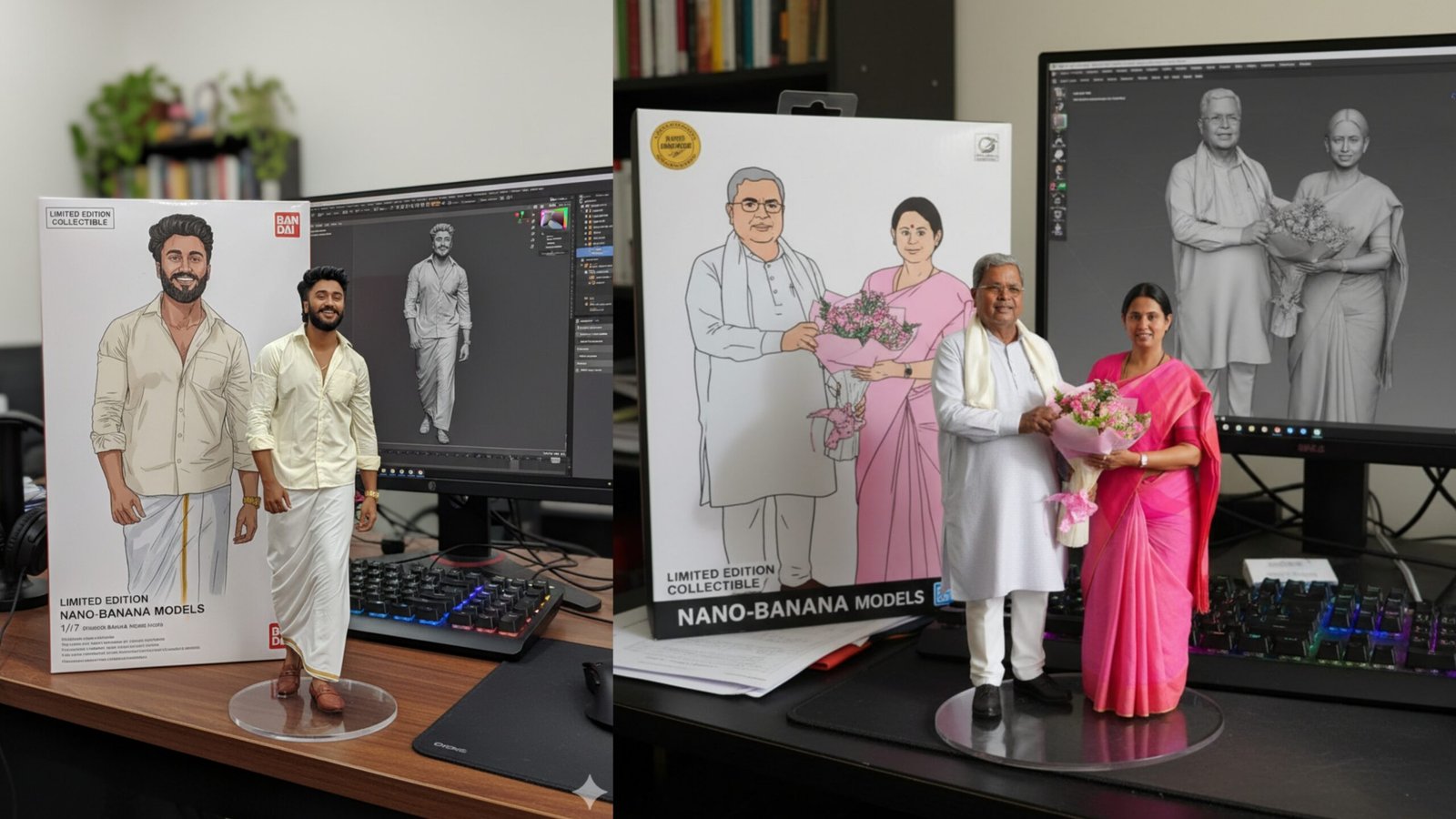The digital world is rapidly shifting toward AI-driven 3D design, and Google’s latest innovation, Gemini Nano, is making this transition even smoother. One of the most fascinating uses of this tool is creating banana 3D images with realistic textures, shapes, and details. While the object might sound simple, a banana is the perfect example to explore how Gemini Nano generates lifelike 3D visuals.
Understanding Google Gemini Nano
Google Gemini Nano is a lightweight version of the Gemini AI family, designed to work directly on smartphones, tablets, and compact devices. Unlike traditional AI models that demand high processing power, Nano is optimized for on-device operations. This makes it ideal for quick 3D object rendering, interactive visuals, and real-time content creation without depending on heavy external hardware.
Why Choose a Banana for 3D Modeling?
A banana is not only a common fruit but also a practical object to test 3D imaging capabilities. Its natural curved shape, yellow surface, and subtle texture allow AI models to demonstrate depth, shadows, and realistic detailing. Designers, students, and developers often use bananas as sample models before moving on to more complex objects.
Steps to Create a Banana 3D Image Using Gemini Nano
1. Prepare the Platform
Start by accessing a Gemini Nano-supported environment such as Google AI Studio or platforms integrated with Gemini APIs. Make sure your device supports AI-based rendering.
2. Frame Your Prompt
Explain Your Custom Prompt and My Prompt Is content Below Check
3. Customize with Nano Features
Once Gemini Nano generates the base object, you can refine it by:
- Adjusting texture quality to make the peel more natural.
- Adding shadow and reflection effects for realism.
- Rotating the model to achieve a 360-degree view.
4. Export the Model
After customizing, export the 3D banana in formats like GLB, OBJ, or USDZ.
5. Implement in Projects
Your banana 3D image can be used in educational content, product design, advertising campaigns, AR filters, or interactive applications. With Gemini Nano, you save time and effort compared to traditional 3D modeling software.
Advantages of Using Gemini Nano for 3D Images
- Efficient performance even on small devices.
- High realism in surface details and textures.
- Instant results with minimal technical knowledge.
- Cost-free alternative to expensive 3D design tools.
Conclusion
Creating a Google Gemini Nano Banana 3D image is more than just an AI experiment—it demonstrates the power of lightweight AI for design and creativity. With a few prompts, anyone can transform a simple fruit into a lifelike 3D visual object. Whether for education, marketing, or app development, Gemini Nano is shaping the future of AI-powered 3D modeling.
Using the nano-banana model, create a 1/7 scale commercialized figurine of the characters in the picture, in a realistic style, in a real environment. The figurine is placed on a computer desk. The figurine has a round transparent acrylic base, with no text on the base. The content on the computer screen is the Zbrush modeling process of this figurine.
Next to the computer screen is a BANDAl-style toy packaging box printed with the original artwork., The packaging features two-dimensional flat illustrations.
Please turn this photo into afigure. Behind it, there should be a Model packaging box with the character from this photo printed on it. In front of thebox.on a round plastic baseplace the fiqure version of thephoto I gave you. I'd like the PVC material to be clearlyrepresented. It would be even better if the background is indoors.